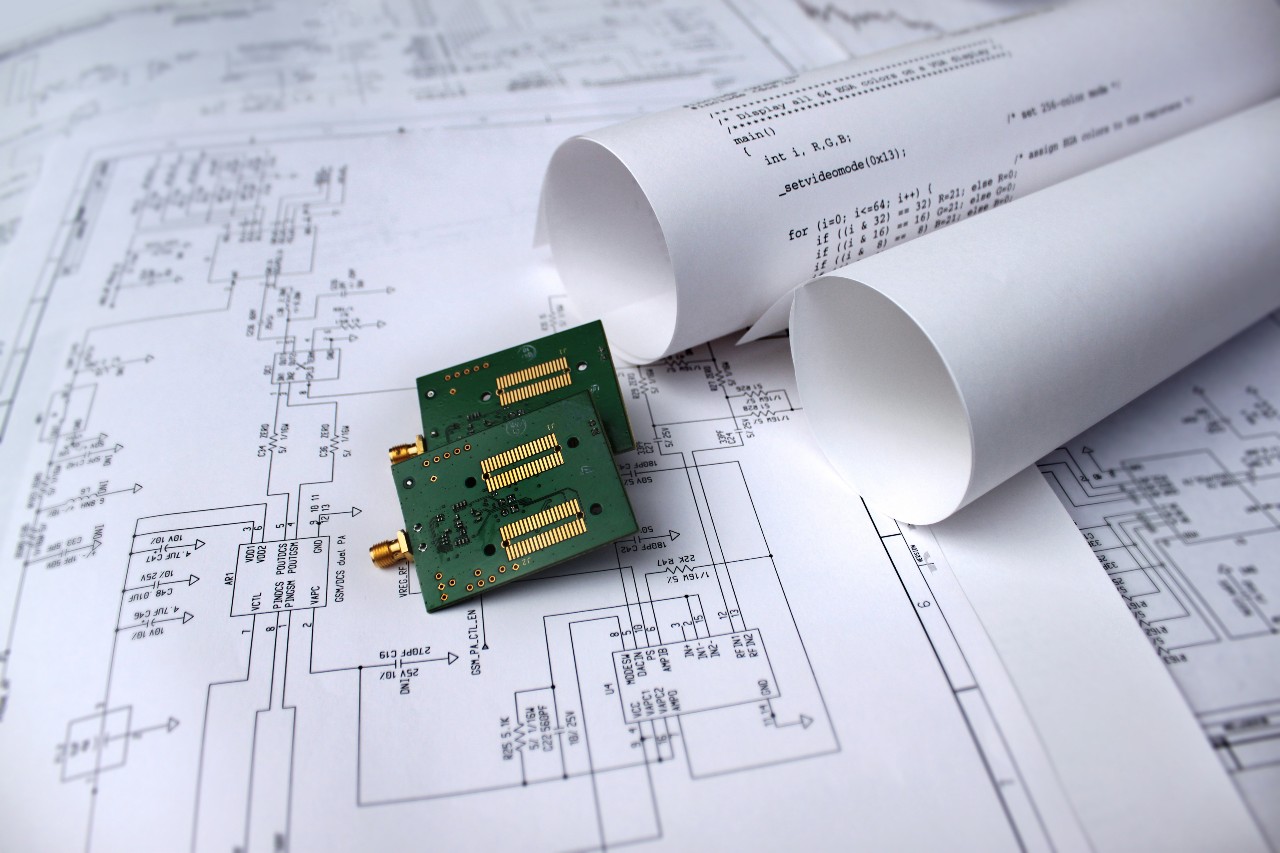Imagine getting your product all the way through to the final stages—and you’re set to finally deliver it to the market. Suddenly, you find errors, leading to a host of challenges and delays. It’s no secret in the manufacturing industry—especially in the PCB (printed circuit board) arena–that issues arise at the worst possible moments.
You may have heard that DFM can help. But what is DFM, anyway? By designing for manufacturability (DFM), you can alleviate issues for a smoother and more cost-effective PCB production.
Let’s walk through the best way to do this so you can avoid those panic moments and be confident you’re developing a great product for your customers each time.
What Is DFM?
DFM stands for “design for manufacturability”—in other words, it’s designing products with the manufacturing process in mind to eliminate issues before they crop up. It’s a well-known term in the electronics industry, but especially in the PCB world, since things must be precisely aligned to go well.
Society relies more heavily on these parts every day since they’re used to power the majority of electronic devices. Whether you’re using a wearable medical device, a smart fridge, or a radio—even the piece of tech you’re using to read this article—the fact is, you depend on PCBs every single day. When you design for manufacturability properly, the design should represent a combination of all stakeholders’ inputs, from design and engineering to contract manufacturers and material suppliers.
Implementing the DFM practice ensures that your product design is fully optimized and doesn’t come with unnecessary costs that could sneak up on you. Manufacturers need to thoroughly examine the designs before the manufacturing process starts so the smallest details are scrutinized based on what the best measurements might be, what the right materials are, and more. This process compiles the layout of your PCB to ensure the design is suitable for PCB assembly.

Why DFM for PCB Is Crucial
Let’s drill down into what makes DFM so important in PCB manufacturing if you want to improve your processes.
Proves You Have More Than an Idea
DFM makes sure that your idea is actually possible, and not just a daydream. It helps hold all parties accountable in fabrication and assembly and will show a proof of concept—something that can feasibly be designed, made, and sold to consumers. It ensures you have an end product that can be made within your budget and is both achievable and advantageous to make in the long run.
Saves Money
Working out the kinks at the beginning of any PCB project is critical. It should come as no surprise that the cost of fixing issues after the final design phase can be exponentially higher than catching them early on and dealing with them accordingly.
DFM helps untangle the complexities of PCB design and helps you minimize costs by figuring out alternative materials, sizes, form factors, and more to decrease your overall overhead. That cost-savings means higher profits for you and other stakeholders.
Helps Your Timeline
While DFM can take more time in the beginning, picking up on any issues will make it well worth it. It would be a nightmare to get into the production process—or worse, already have a manufacturing order fulfilled—and realize there’s a serious problem with the design.
Research and invest in a DFM analysis software so you can more easily determine if a problem is design- or manufacturing-related. This will keep your design process from turning into a pricey guessing game.
DFM may seem like just one more thing to keep track of during an already complex manufacturing process—and it’s possible it might add more time to turn-out if there’s a lot of back and forth. But in the end, using this failsafe will ultimately save time you might otherwise spend retracing your steps, potentially spoiling your reputation as you scramble to figure out what happened.
Why You Should Partner With a Seasoned PCB Manufacturer
By now you can probably see that DFM is important because it cuts costs, reduces time in the long-term, and can avoid many potential headaches for you and your workers. Designing for manufacturing is the responsibility of all parties—engineers, designers, and manufacturers alike.
DFM can raise your precision and quality while building a solid reputation for your brand. So consider working with a seasoned PCB manufacturer who will see issues before it’s too late. The right one will help protect your company and boost performance at your facility.
